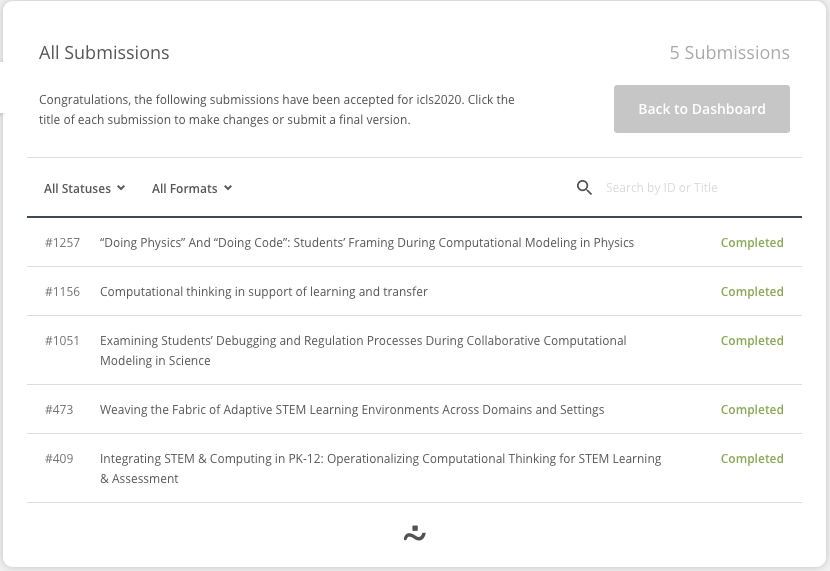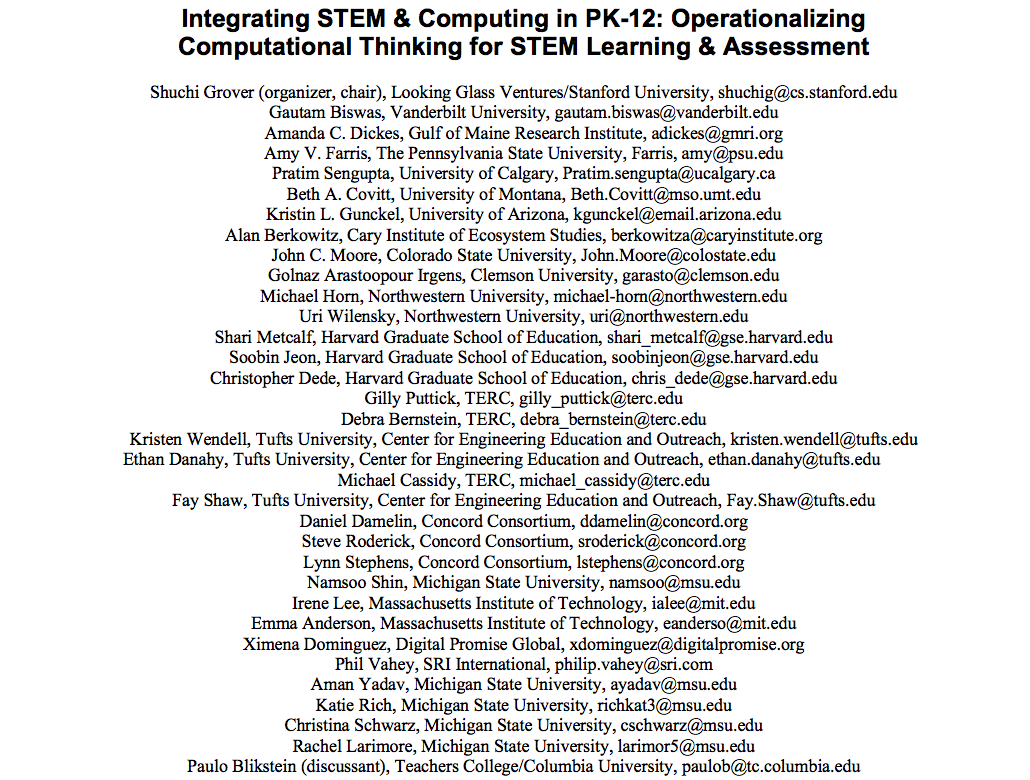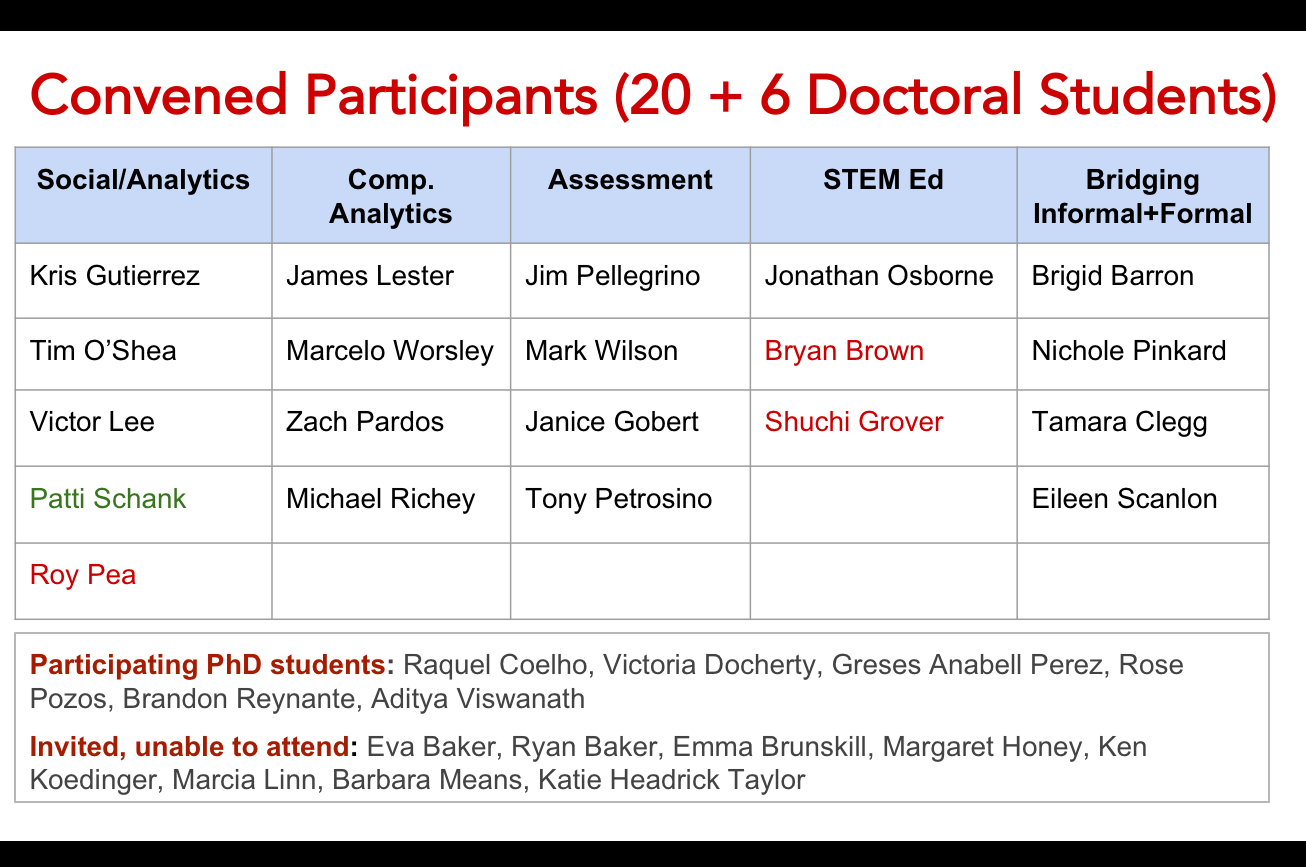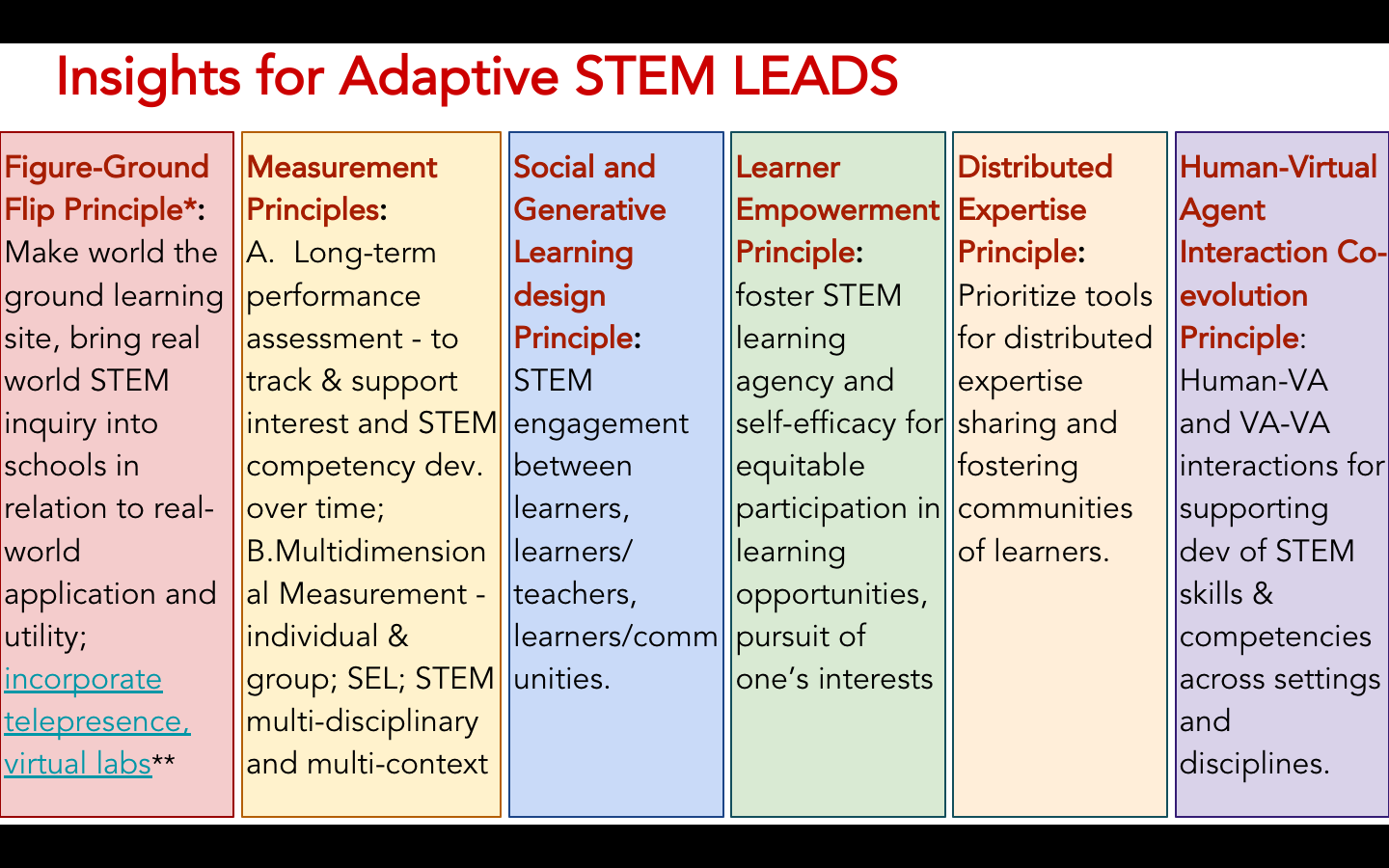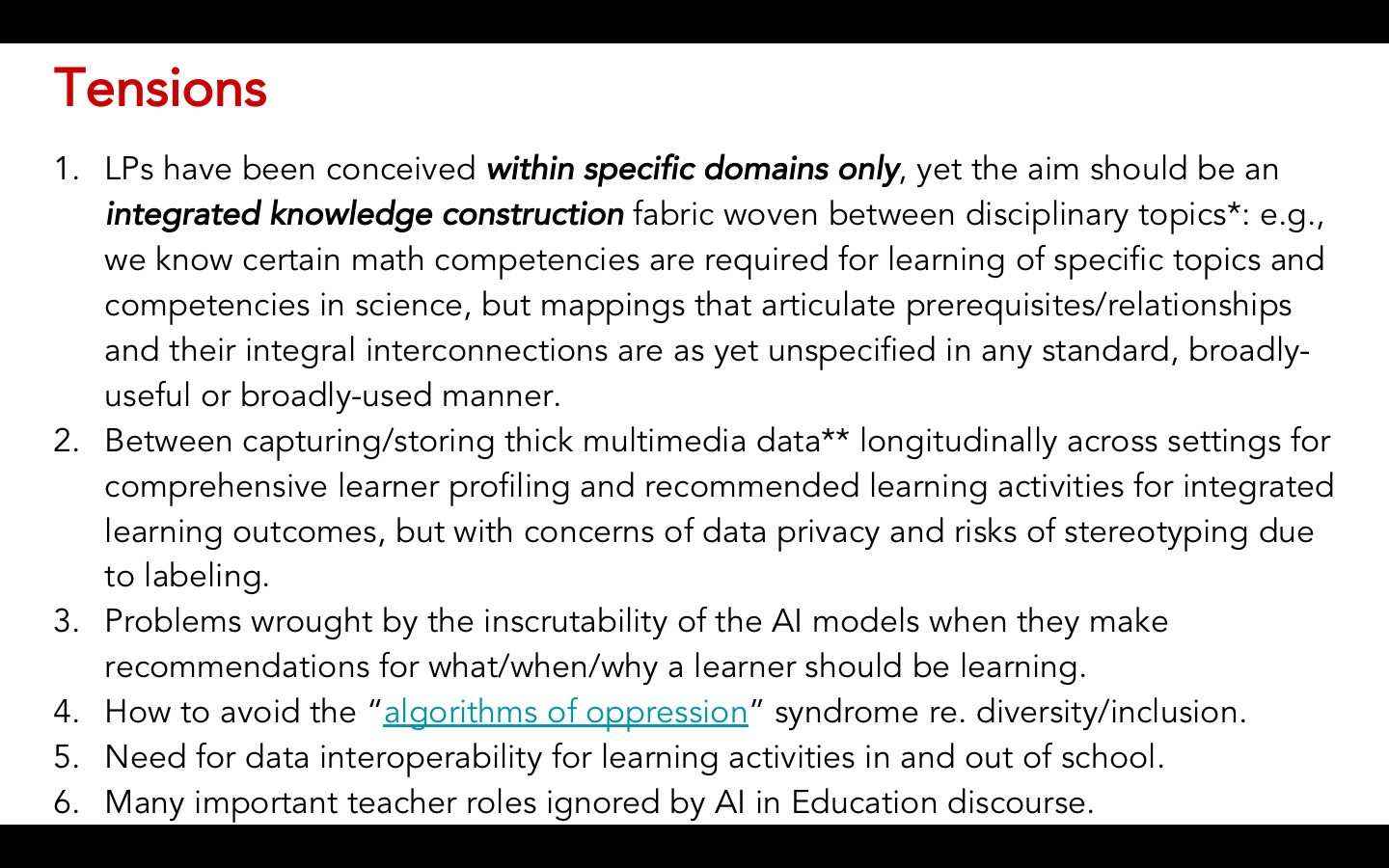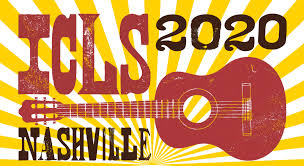 The International Conference of the Learning Sciences, or ICLS, is a much-awaited event in the Learning Sciences community. It brings together a fairly close-knit community of scholars. Even though large proportion of ISLS members are engaged in STEM education research, we feel an intimate sense of belonging to the learning sciences community.
The International Conference of the Learning Sciences, or ICLS, is a much-awaited event in the Learning Sciences community. It brings together a fairly close-knit community of scholars. Even though large proportion of ISLS members are engaged in STEM education research, we feel an intimate sense of belonging to the learning sciences community.
ICLS2020 was (meant to be) no different. This post shares what I was looking forward to doing at ICLS2020 – in a sans-Covid world.
[As it happened ICLS2020 was all online with keynotes and a select few panels and sessions held IRL in Zoom sessions. They generated much conversation and engagement, especially on social media. As the recorded keynotes and sessions attest, the field is poised for a seismic shift—one that views teaching and learning as inherently political, and centers the socio-political much more than we ever have before. Do check out the recordings.. the link is shared in this tweet–]
🎉 GOOD NEWS!! 🎉
Keynote and special session videos NOW POSTED at the @islsnews website!
Snuggle up in your favorite chair and then watch 🍿https://t.co/tVrNciSnl5 pic.twitter.com/GsAFZJzF3A
— ICLS2020 (@icls2020) June 24, 2020
The ICLS2020 That Might Have Been
I was excited to go to Nashville for the first time- thanks to past and active collaborations with colleagues at Vanderbilt University. This was to be my opportunity to finally visit this city and the university. Also, we were scheduled to conduct our first teacher PD and summer camps on a new NSF project kicking off this year (in collaboration with Akos Ledeczi at Vanderbilt and Tiffany Barnes at NCSU) – this was to happen in Nashville the week prior to ICLS.
But more than that, I was part of 5 acceptances for ICLS— a record for me! (And one I might never be able to pull off again!) These included long and short papers and a symposium on STEM+Computing integration that I had organized (that brought together a large and amazing set of scholars and projects).
Since I did not get a chance to present any of these IRL/IRT, here’s a brief look at each. I hope my colleagues in the LS, CS Ed, and STEM+C communities will have a chance to check out the papers and slide-decks.
1. STEM+Computing Symposium
The paper and slide-deck give a fair idea of this amazing set of research projects examining the integration of STEM and Computing. Together they represent a formidable body of work done in these past few years (all funded by the National Science Foundation). Themes include: computational modeling in science and math (Grover et al.; Dickes, Farris & Sengupta; Metcalf et al.); co-design with teachers to modify STEM curricula to integrate CT (Irgens et al., Yadav et al., Dominguez et al) and designing teacher PD (Lee et al.); CT and systems thinking to understand complex phenomena (Covitt et al., Damelin et al.); and design activities that integrate CT & STEM (Puttick et al.).
The structured poster session and discussions (moderated by discussant, Paulo Blikstein) would’ve served to showcase similarities in CT operationalization and assessment, curricular approaches (such as modeling), and methods for design and implementation (e.g., co-design with teachers) while also highlighting the diversity of perspectives that comprise a growing landscape of PK-12 STEM+C integration. The projects (and participants were to) provide insights into:
- how CT is operationalized— what CT definitions and frameworks guide their work, and how the integration of disciplinary STEM ideas with CT is engendered in their research and curricular approaches; and
- the methods and measures used to evaluate changes in students’ STEM & CT learning.
2. Design Principles for Future STEM Learning Environments
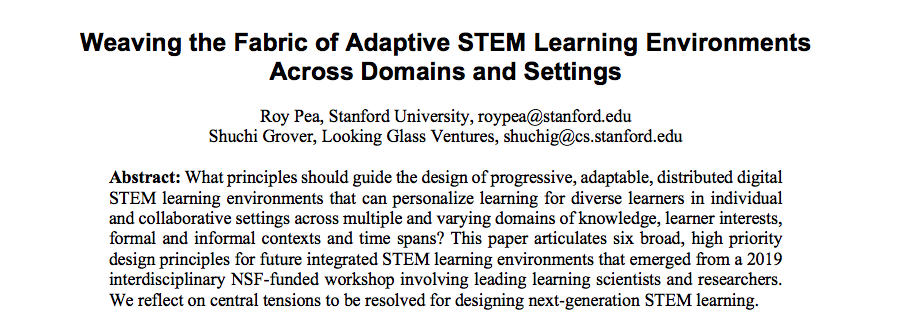
Pea, R. and Grover, S. (2020). Weaving the Fabric of Adaptive STEM Learning Environments It was enormously gratifying to collaborate again with Roy Pea on a workshop convened at Stanford in response an NSF DCL to articulate a vision for future STEM learning, and specifically design principles for learning environments that support that vision. The 2-day workshop brought together ~25 learning scientists, assessment experts, learning analytics researchers, and doctoral students. This short paper distills 6 design principles and articulates tensions that must be resolved in the design for future digital STEM learning environments. See the slide deck for a more digestible snapshot.
3. How do students’ debugging processes vary when they develop computational models?
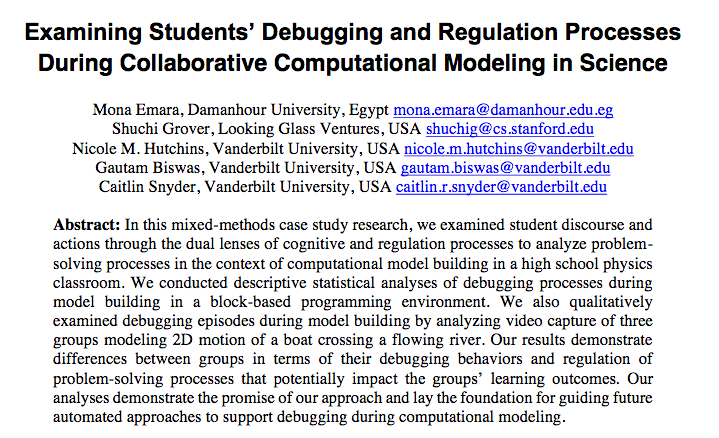
Emara, M., Grover, S., Hutchins, N., Biswas, G., & Snyder, C. (2020). Examining Students’ Debugging and Regulation Processes During Collaborative Computational Modeling in Science
is a paper that emerged from our analyses of collaborative model building(by triads of students) in the C2STEM project. We were motivated by observing different groups of students take different approaches to debugging their models. It seemed like a lot of learning happened at the nexus of debugging and model-building. Led by learning sciences researcher Mona Emara (based in Damanhour University in Egypt), we addressed the following questions –
- RQ1: How do groups’ debugging behaviors relate to their summative learning gains in STEM and CT?
- RQ2: Are there any differences among groups’ debugging behaviors?
- RQ 3: Are there any differences among groups’ cognitive and regulation processes of debugging when building computational models?
We combined student talk and log file analyses of debugging episodes, and examined correlations with student performance on the summative assessment. We found that triads who spent more time on debugging errors demonstrated better model building scores in both CT and physics than those that did not, however a higher frequency of edit actions (likely suggesting trail and error behaviors) to debug errors resulted in lower model building scores. Longer debugging durations involved more deliberative talk and discussion to debug the models, while higher numbers of code edits and short debugging durations could be attributed to multiple attempts to find a solution using trial-and-error methods that are often the result of not focusing on meaningful sub-parts of the problem, or a lack of understanding. Shorter debugging times also mean fewer deliberative discussions and poorer collaborative regulation. Here is the ICLS slide deck for this paper.
4. Examining PFL and Transfer of CT skills developed during computational modeling
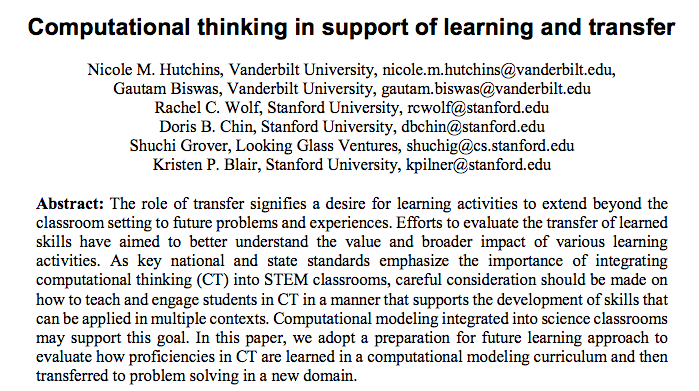
Hutchins, N., et al. (2020). Computational thinking in support of learning and transfer — This paper led by Nicole Hutchins (an advanced doctoral student focusing on CS education research at Vanderbilt University CS dept) examined how the various assessments used together provided evidence of formative and summative learning, as well as preparation for future learning (PFL). The PFL assessment examined students’ ability to transfer their problem-solving approaches (and CT) in building and analyzing computational models/simulations in Snap! to questions based on a Netlogo bird flocking model (that students had never worked with before).
Our analyses demonstrated the importance of multiple assessments through different stages of an intervention to understand how CT constructs and practices are learned over time. (This, once again, reinforces the idea of a “system of assessments” that I have advocated for and worked on for the last 8 years.). The analyses also provided preliminary evidence on how development of CT skills supports transfer of problem-solving skills to new domains, and shed light on decomposition and debugging as key transferable skills (algorithmic thinking – not so much, but we conjecture that students did not achieve sufficient original learning (short study time) for all of the targeted CT practices.). We believe this research provides a framework for the study of how CT skills transfer and demonstrates how the acquisition of CT skills may predict future learning. (Here is the ICLS slidedeck).
5. Framing STEM and Computing Learning During Coding Computational Models in Physics
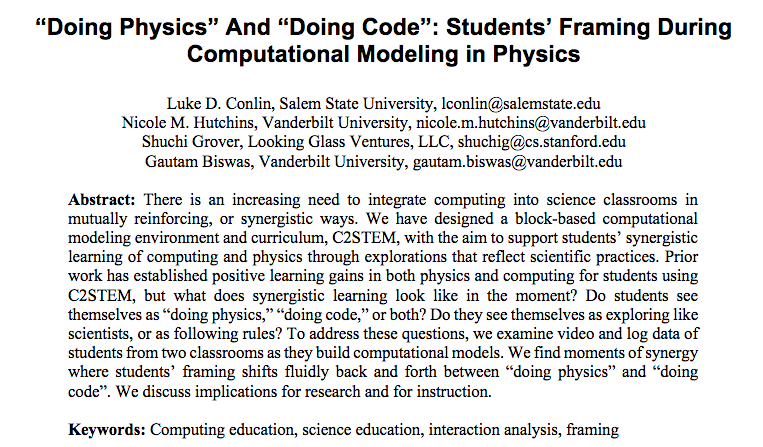
Conlin, L., Hutchins, N., Grover, S., & Biswas, G. (2020). “Doing Physics” And “Doing Code”: Students’ Framing During Computational Modeling in Physics.




